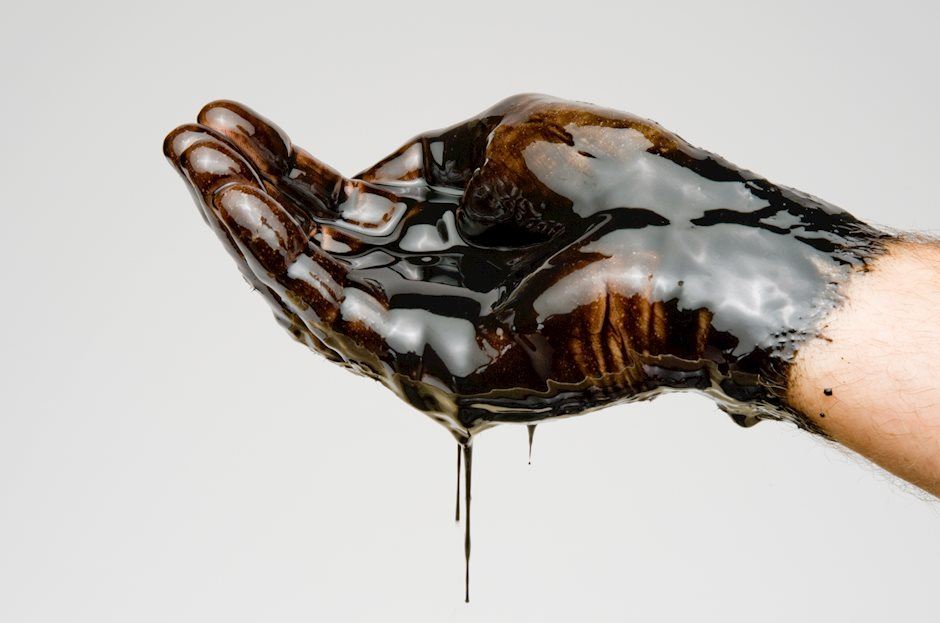The commodities feed: Brent falls

Brent has traded to its lowest level since December as a result of broader macro concerns. Outside influences are likely to remain a key driver for oil price direction in the short term.
Energy - Further pressure on oil
The oil market had yet another volatile day with ICE Brent settling more the 4% lower yesterday, which saw the market trade to its lowest level since December. Markets have had to grapple with the SVB collapse and its broader implications on the banking system. Financial markets are having to balance this with US core inflation for February coming in stronger than expected. This makes it increasingly difficult to second-guess what the Fed may decide to do at its FOMC meeting next week. Much will likely depend on whether calm is restored to financial markets.
Inventory data from the API show that US crude oil inventories increased by 1.16MMbbls over the last week, while stocks at Cushing fell by 946Mbbls. Gasoline and distillates saw bigger moves. Inventories fell by 4.59MMbbls and 2.89MMbbls respectively. Overall the numbers are supportive. The crude build came in slightly lower than expected, whilst the draws in refined products were larger than the market was expecting.
OPEC released its latest monthly market report yesterday, which reported that OPEC production in February increased by 117Mbbls/d to 28.92MMbbls/d. This increase was driven predominantly by Nigeria and Saudi Arabia - their output increased by 72Mbbls/d and 59Mbbls/d respectively. The group also left its non-OPEC oil supply growth estimate for 2023 unchanged at 1.44MMbbls/d, while global demand growth estimates for the year were also left unchanged at 2.32MMbbls/d. OECD oil demand is expected to grow by just 230Mbbls/d YoY, whilst non-OECD demand is forecast to grow by 2.09MMbbls/d. This is largely on the back of expectations of a strong demand recovery from China. The call for OPEC oil supply in 2Q23 is forecast at 28.62MMbbls/d, roughly 300Mbbls/d below current OPEC output. While for the full-year 2023, the call on OPEC production is estimated to be 29.26MMbbls/d. The IEA will release its latest monthly market report later today.
Bloomberg reports that Estonia, Lithuania and Poland are pushing for the price cap on Russian crude oil to be lowered from US$60/bbl to US$51.45/bbl. This would put the cap below current market levels, at least prior to yesterday’s sell-off. Urals are reportedly trading at a US$24 discount to dated Brent. The price cap is set for review this month.
Metals – Peru’s copper exports slump
Peru’s copper output fell 21% MoM to 198.6kt in January following a wave of social unrest, which also resulted in lower copper shipments for the month. Shipments of copper were down 25% from January last year, totalling $1.25 billion. Total mining exports were down 20% year-on-year. However, copper production was steadier, declining just 0.3% YoY. Zinc output declined 6.9% YoY in January.
Miners in the Philippines are not in favour of Indonesia’s plan to create an OPEC-like group to coordinate supply, the Philippine Nickel Industry Association said. The Philippines is the world’s second-largest nickel producer. Indonesia has proposed a producer alliance, including Australia, Brazil and the Philippines, as part of the country’s goal of adding more value domestically and becoming a key part of the battery supply chain. Nickel from the Philippines is of a lower quality than Indonesia’s and it has smaller reserves, which would make it difficult to attract funds, the Philippine Nickel Industry Association said. Australia’s major mining association and Canada’s trade minister also rebuffed the idea.
Agriculture – EU soft wheat shipments
Negotiations for the Black Sea grain export deal continue, although talks are proving more difficult than expected. Russia continues to push for just a 60-day extension to the deal, while other parties involved, including obviously Ukraine, are pushing for an extension of 120 days, like previous deals. This has provided some support to wheat prices with CBOT wheat settling more than 2% higher yesterday.
Weekly data from the European Commission show that soft wheat shipments from the EU rose 8.6% YoY to reach 21.5mt as of 12 March. Morocco, Algeria and Egypt were the top destinations for these shipments. Meanwhile, EU corn imports stand at 19mt, up from 11.8mt last year. These stronger inflows are a result of weaker domestic supply this season.
Read the original analysis: The commodities feed: Brent falls
Author

ING Global Economics Team
ING Economic and Financial Analysis
From Trump to trade, FX to Brexit, ING’s global economists have it covered. Go to ING.com/THINK to stay a step ahead.

















